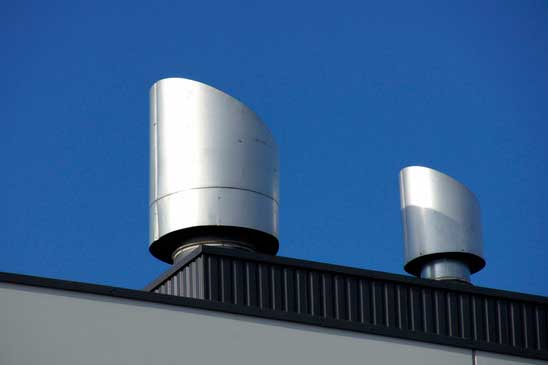While working with the drain waste vent system, or DWV, is something left to a professional plumber, there are ways a homeowner can vent plumbing. For any plumbing system, proper ventilation is essential. Because of this, all fixtures, including bathtubs, showers, sinks, and toilets, need to be connected to ventilation piping.
With this system, outside air pressure that is pulled into the pipes helps push waste or dirty water down drains. In addition, to eliminate the presence of harmful gasses and unpleasant odors, vent pipes go through the roof. For a do-it-yourself venting project, there are a few things you can try.
Know Codes and Choose Proper Materials
Before starting any job, it is imperative to become familiar with current building and/or plumbing codes, since there are restrictions on pipe material, size, and placement, as well as distance between vent pipes and fixtures. Sometimes, a special permit to make changes is needed, so knowing the codes will help.
It is also important to understand the different types of materials that can be used. Considerations include personal need, existing piping, and overall budget. Typically, these pipes are less than 10 inches in diameter and made from ABS or PVC plastic. If a more durable pipe is needed, you could go with cast iron, steel, or copper. When choosing the material, the following are important things to consider:
- Strength and durability
- Corrosion resistance
- Flexibility
- Weight
- Joint connections
Additional Factors
For a do-it-yourself vent plumbing job, other things need to be taken into consideration, such as:
- Size Constraints – In addition to being used for ventilation, these pipes are used for waste and drain water. While there is more flexibility with larger pipes, they may not actually be needed.
- Waste Pipes – For an apartment or condominium, there will be a central pipe that is larger in diameter. Understanding the type of central pipe will help with the vent plumbing job.
- Drain Pipes – These pipes are used to carry water from bathtubs, showers, sinks, and other appliances and usually have a P-trap underneath the sink. Gaining a basic understanding of these pipes is also recommended.
- Buying Materials – After going over all the information and conducting online research, you will need to visit a hardware or home improvement store to purchase the necessary materials. Beforehand, you should know the size of the piping needed, as well as the type and number of fittings needed to attach pipe pieces together.
